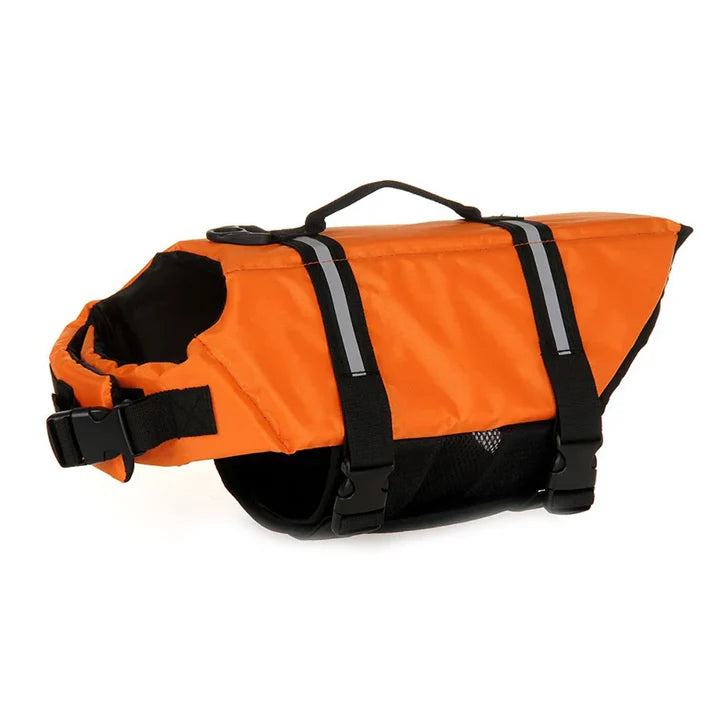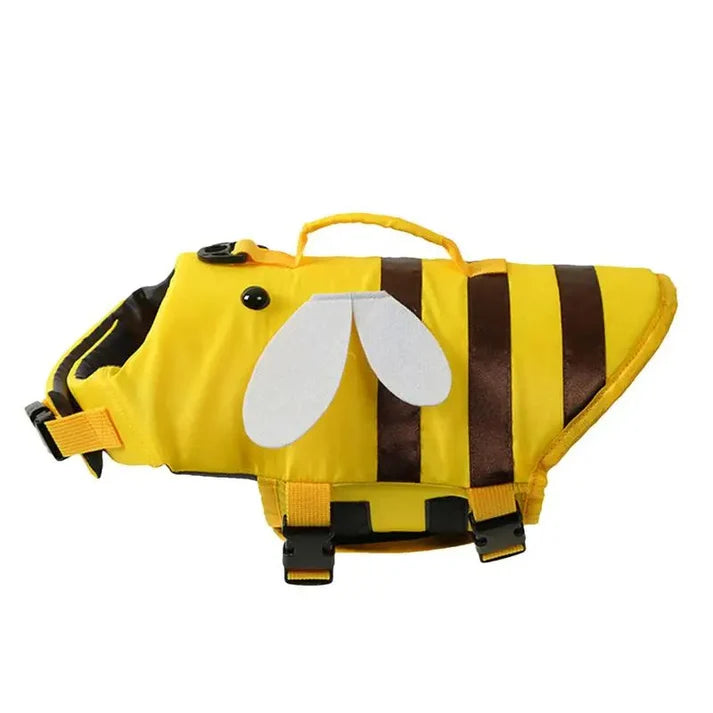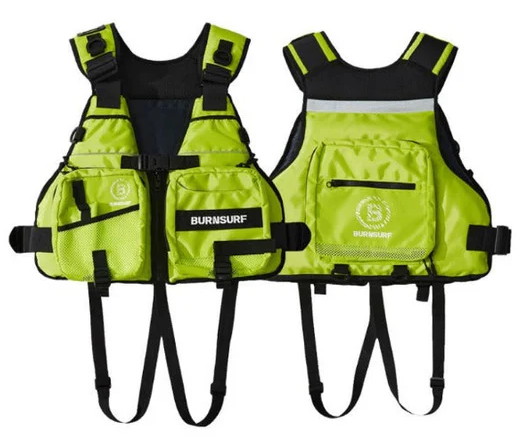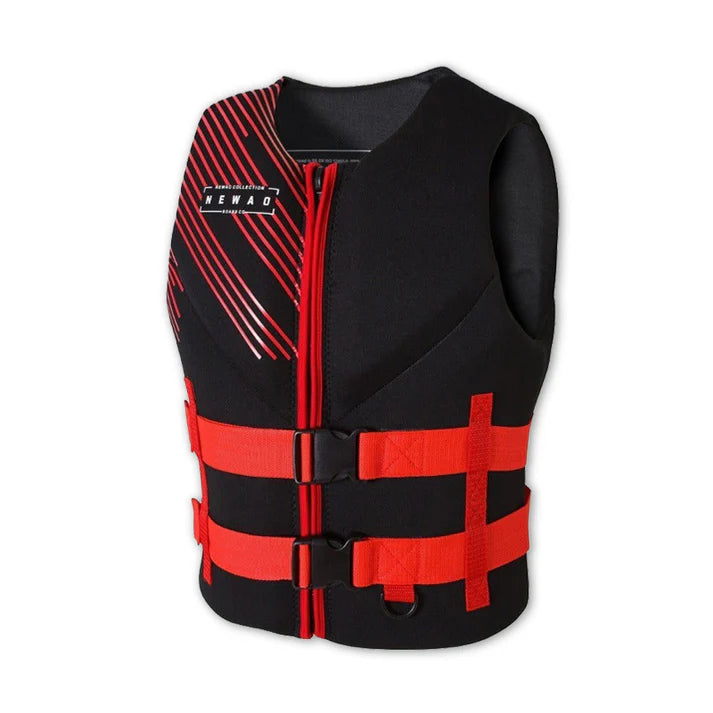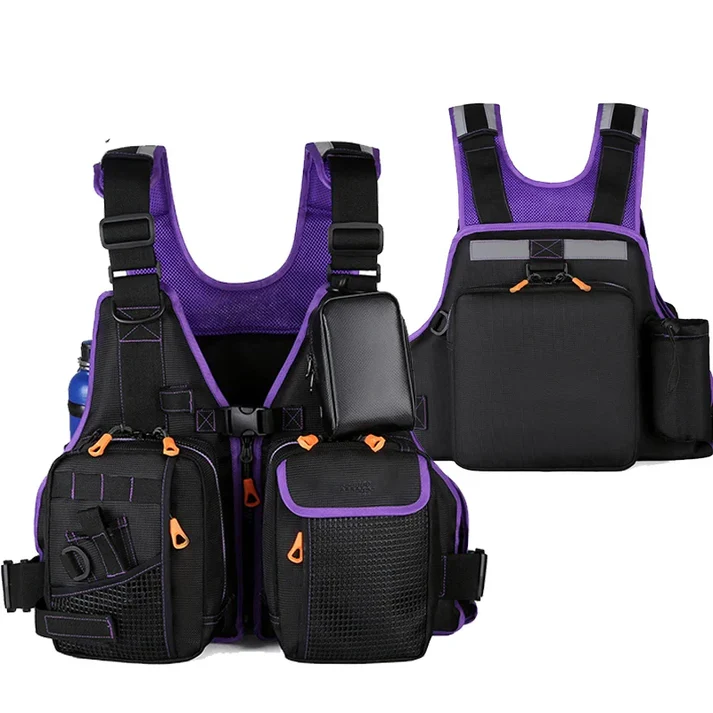Diving suits are not just essential gear; they are your second skin in the underwater world. They provide protection from the elements, warmth in chilly waters, and buoyancy to help you navigate the depths with ease. However, like any specialized equipment, they require proper care and maintenance to ensure they perform at their best. In this blog post, we’ll dive deep into practical tips for maintaining your diving suit and debunk some common myths that might be holding you back from fully enjoying your diving adventures.
The Importance of Proper Care
Imagine gearing up for a diving expedition, only to discover that your suit has developed a tear or is emitting an unpleasant odor. Such situations can not only ruin your dive but can also lead to safety issues. Proper care is essential for prolonging the life of your diving suit and ensuring your comfort and safety underwater.
Practical Tips for Maintaining Your Diving Suit
- Rinse After Every Dive
Why It Matters: Saltwater, chlorine, and even sand can accumulate on your suit, leading to wear and tear over time.

How to Do It: After each dive, take a few moments to rinse your suit thoroughly with fresh water. Make sure to pay special attention to seams, zippers, and any areas that might trap debris. This simple step can significantly extend the life of your suit.
- Drying Techniques
Why It Matters: Proper drying is crucial to prevent mold, mildew, and unpleasant odors, which can arise from damp suits.
How to Do It: After each dive, take a few moments to rinse your suit thoroughly with fresh water. Make sure to pay special attention to seams, zippers, and any areas that might trap debris. This simple step can significantly extend the life of your suit.
- Drying Techniques
Why It Matters: Proper drying is crucial to prevent mold, mildew, and unpleasant odors, which can arise from damp suits.

How to Do It: After rinsing, hang your suit inside out in a shaded area with good airflow. Avoid direct sunlight, as UV rays can degrade the suit’s material. If possible, use a wide hanger to prevent creasing and deformation.
- Cleaning Products
Why It Matters: Using harsh detergents can damage the neoprene and other materials in your suit.
How to Do It: Opt for a mild detergent specifically designed for wetsuits. Avoid bleach and fabric softeners, as they can break down the suit’s protective layers. For a deeper clean, consider using a specialized wetsuit cleaner every few dives.
- Storage Tips
Why It Matters: Improper storage can lead to creases and permanent damage to your suit.
How to Do It: Store your suit flat if possible, or hang it on a wide hanger. Keep it in a cool, dry place away from direct sunlight and heat sources. Avoid folding it for extended periods, as this can create pressure points that may lead to tears.
- Regular Inspections
Why It Matters: Early detection of wear and tear can save you from costly repairs or replacements.

How to Do It: Regularly inspect your suit for signs of damage, such as tears, worn areas, or faulty zippers. If you notice any issues, address them promptly. Many minor repairs can be done at home, but for significant damage, consult a professional.
Debunking Common Myths About Diving Suits
Understanding the truth behind common misconceptions can enhance your diving experience and encourage you to explore the underwater world with confidence. Let’s tackle some prevalent myths.

Myth 1: “Diving Suits Are Only for Cold Water.”
Reality: While wetsuits are essential for thermal protection in cold water, they also provide valuable protection in warmer waters. Many divers opt for shorty wetsuits or rash guards to shield themselves from sun exposure, jellyfish stings, and sharp coral.
Myth 2: “You Can’t Wear a Diving Suit if You’re Not an Experienced Diver.”
Reality: Diving suits are designed for divers of all skill levels. Whether you’re a beginner or a seasoned pro, wearing a suit enhances comfort and safety, making it a beneficial choice for everyone.
Myth 3: “All Diving Suits Are the Same.”
Reality: Diving suits come in various types, including wetsuits, drysuits, and semi-drysuits, each suited for different conditions. Understanding these differences is crucial for selecting the right suit for your diving needs.
Myth 4: “Diving Suits Are Uncomfortable and Restrictive.”
Reality: Advances in materials and design have led to suits that are both flexible and comfortable. Many modern suits are engineered for mobility, allowing divers to move freely and comfortably underwater.
Myth 5: “You Don’t Need to Care for Your Diving Suit.”
Reality: Neglecting care can lead to reduced performance and a shorter lifespan. Proper maintenance is essential for ensuring your suit remains effective and safe, ultimately enhancing your overall diving experience.
Caring for your diving suit is not just about maintenance; it’s about ensuring that you can enjoy your underwater adventures to the fullest. By following the practical tips outlined above, you can keep your suit in top condition for many dives to come. Additionally, understanding the truth behind common myths can empower you to dive with confidence, knowing that you are well-equipped for whatever the ocean has in store.


